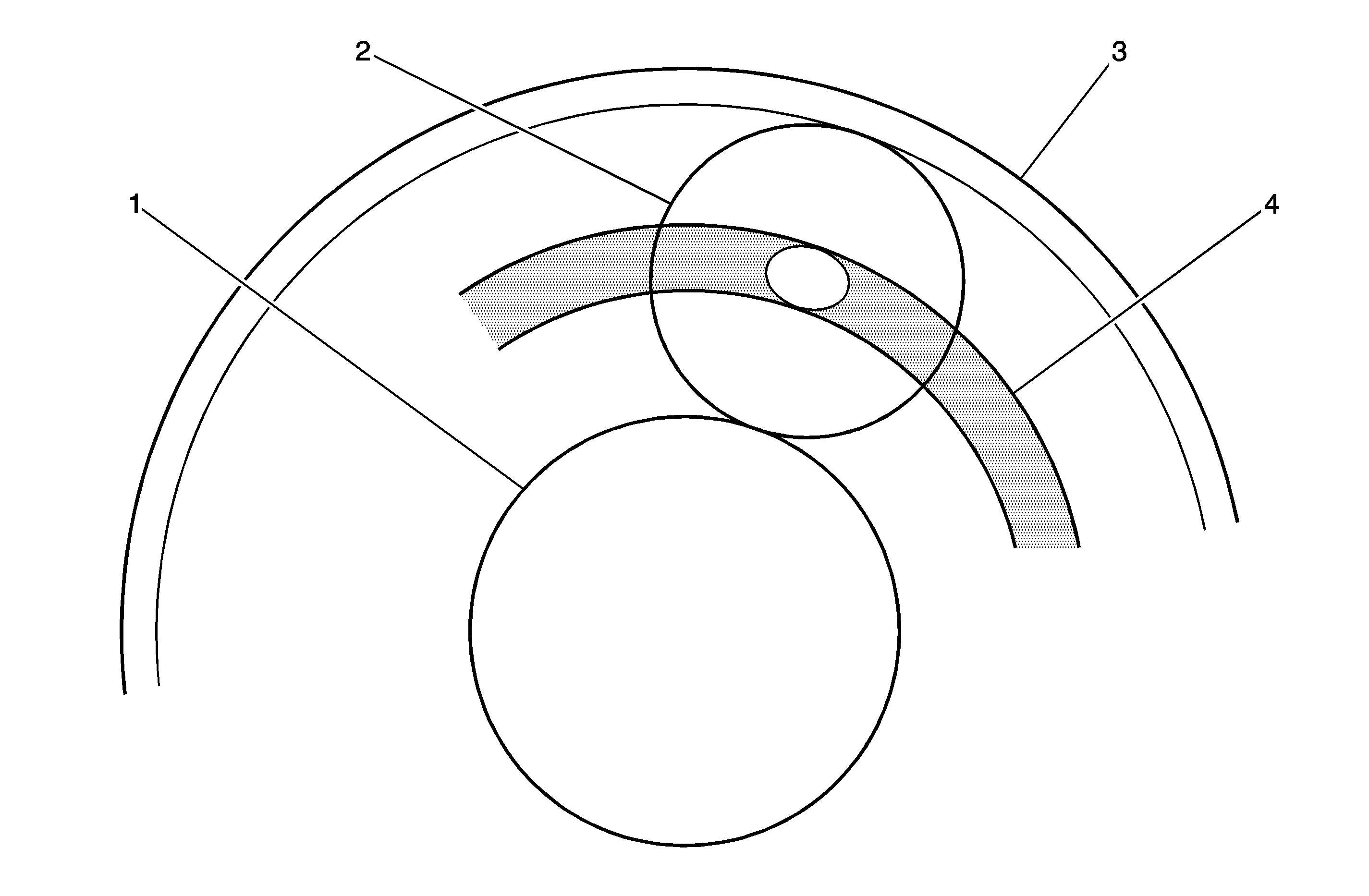To shift gears via the planetary gear unit, clutches and brakes are used to engage and lock the components of the front and the rear. Clutch and brakes, except the 1-way clutch, are operated by oil pressure switched by the valve body, the shift valve,
and the solenoid valve.
The low clutch causes an engagement between the rear internal gear and the front planetary carrier.
The low and reverse brake locks the front planetary carrier in reverse gear in the "R" range when the vehicle is moving backward. Other the brake operates in 1st gear in the "L" range with the low clutch because of locking the rear
internal gear. It operates to obtain engine brake in the "L" range.
The high clutch causes an engagement between the front planetary carrier and the input shaft. It operates with the low and reverse brake when the vehicle is moving backward.
The low 1-way clutch prevents reverse rotation of the front carrier and the rear internal gear with low clutch. It operates mechanically without being operated by oil pressure. When the front carrier and the rear internal gear with low clutch rotate clockwise,
even if engine brake is desirable, engine brake does not occur.
The 2-4 brake and brake servo look the front sun gear. They operate 2nd and 4th gears. Operation is via the 2-4 brake servo. Line pressure is applied to engagement and release sides. The brake operates when line pressure is applied to the engagement
side only. The 2-4 brake does not operate when line pressure is applied to both the engagement and release sides.
The lock-up clutch is employed inside the torque converter to lock up when creation.

